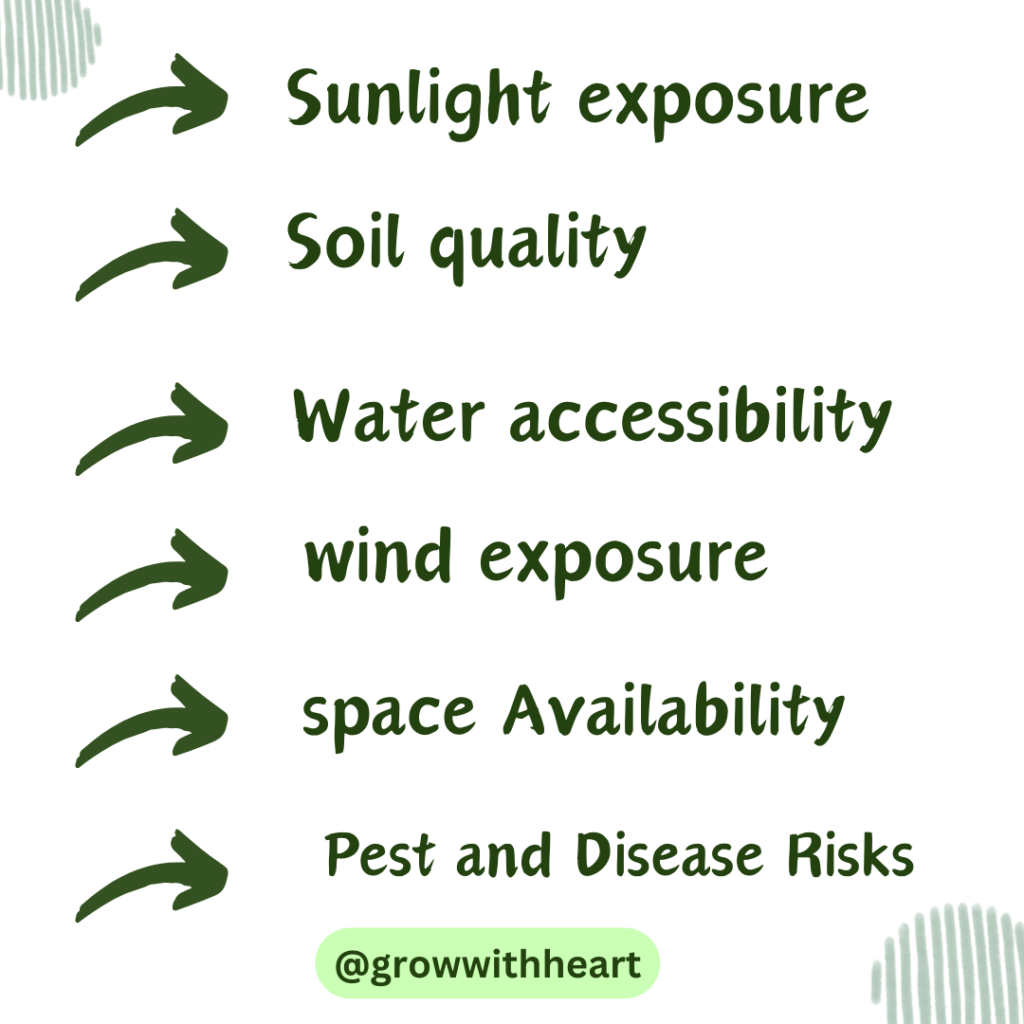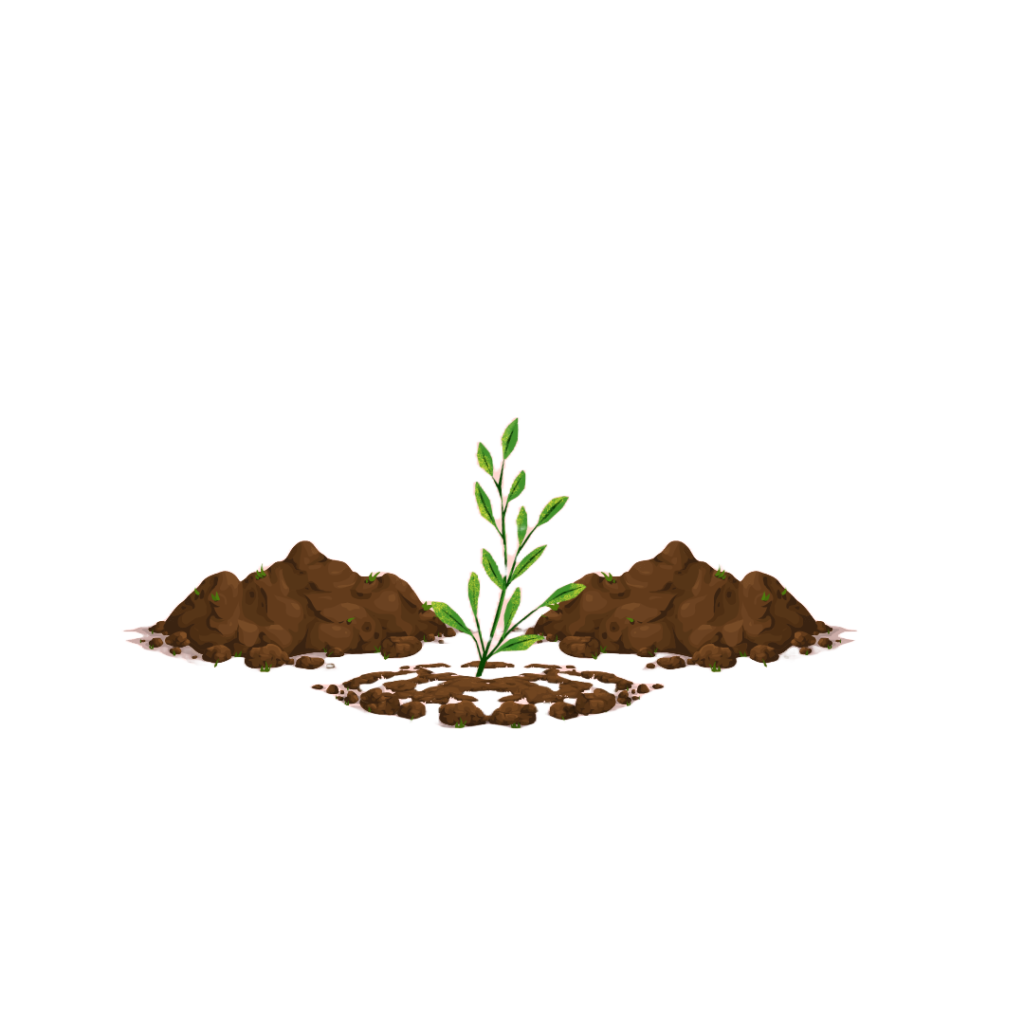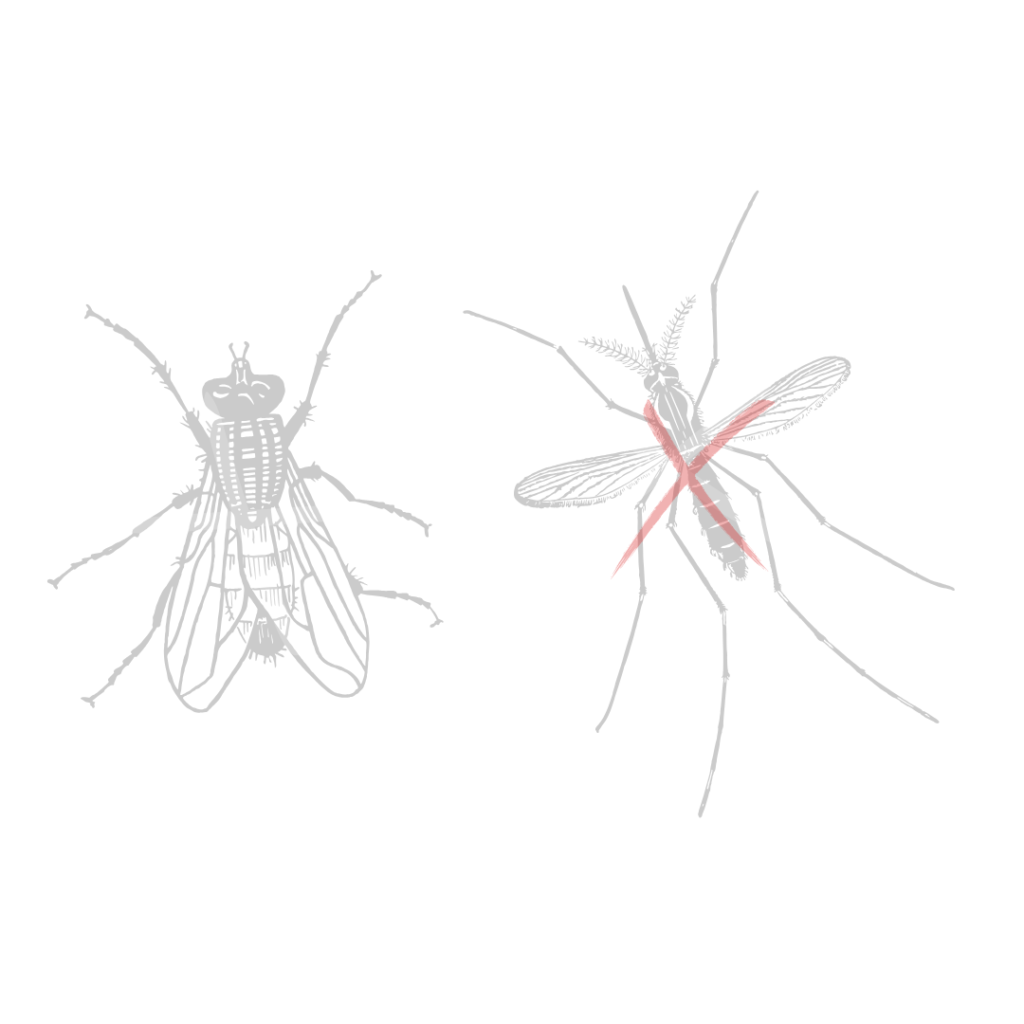A: Area selection
Are you considering starting a kitchen garden but unsure where to begin?
The first step to a successful harvest is choosing the right location for your kitchen garden
From climate considerations to soil quality assessment, choosing the perfect spot can significantly impact your gardening experience.

Selecting the right location for your kitchen garden is crucial for its success.
The location will determine factors such as sunlight exposure, soil quality, and accessibility, which are all important for growing healthy and thriving plants.
Here are 6 some tips to help you choose the perfect spot for your kitchen garden:
1. Sunlight exposure:

Most vegetables and herbs require ample sunlight to thrive. Select a sunny spot for your garden, ideally receiving at least six hours of direct sunlight daily. Avoid areas shaded by buildings or trees, as they can hinder plant growth.
- Choose a location that receives ample sunlight throughout the day, ideally at least 6-8 hours of direct sunlight.
- Avoid areas that are shaded by buildings, trees, or other structures, as insufficient sunlight can hinder plant growth and yield.
- Consider the path of the sun throughout the day and how it will affect different areas of your garden.
2. Soil Quality Assessment

Conduct a soil test to assess its pH, nutrient levels, and texture.
Choose a location with well-draining, nutrient-rich soil for optimal plant growth. Amend poor-quality soil with organic matter to improve its fertility and structure.
- Test the soil in potential garden locations to assess its pH level, drainage, and nutrient content.
- Look for well-draining soil that is rich in organic matter and nutrients.
- Avoid areas with compacted soil or poor drainage, as this can lead to waterlogged conditions and root rot.
3. Accessibility
Ensure easy access to water for irrigation purposes. Choose a location near a water source, such as a hose or outdoor faucet, to simplify watering tasks. Consider installing a drip irrigation system for efficient water distribution.
- Choose a location that is easily accessible from your kitchen or outdoor cooking area to make harvesting and maintenance more convenient.
- Consider proximity to water sources for irrigation purposes, as well as ease of transporting tools, compost, and other gardening supplies.
- Ensure there is enough space around the garden beds or containers for you to move around comfortably while tending to your plants.
4. Wind Exposure
Strong winds can damage fragile plants and inhibit growth. Select a sheltered location protected from prevailing winds by fences, hedges, or buildings. Install windbreaks if necessary to create a microclimate conducive to plant growth.
- Consider the direction and intensity of prevailing winds in your area when choosing right location.
- Wind can dry out soil, damage delicate plants, and inhibit pollination, so it’s important to provide some protection, such as planting windbreaks or choosing sheltered spots.
5. Space Availability
Assess the available space and plan your garden layout accordingly.
Choose a location large enough to accommodate your desired crops while allowing room for pathways and future expansion. Consider vertical gardening techniques to maximize space utilization.
- Evaluate the available space in your yard and choose a location that can accommodate the size and layout of your kitchen garden.
- If space is limited, consider vertical gardening techniques or using containers to maximize growing area.
- Leave enough room between garden beds or rows for pathways and future expansion.
6. Pest and Disease Risks
Evaluate potential pest and disease risks in your chosen location.

Avoid areas prone to pest infestations or fungal diseases, such as low-lying areas with poor air circulation. Practice crop rotation and companion planting to deter pests naturally.
- Assess the potential risks of pests and diseases in different areas of your yard and choose a location that minimizes these risks.
- Avoid planting near sources of contamination, such as compost piles or areas frequented by pets, to reduce the likelihood of pest and disease problems.
- Consider companion planting and other natural pest control methods to help manage pests and promote a healthy garden ecosystem.
Conclusion
choosing the right location for your kitchen garden is essential for its success and productivity.
By considering factors such as sunlight exposure, soil quality, accessibility, microclimates, wind exposure, space considerations, pest and disease management, and local regulations, you can create an optimal growing environment for your plants.
Taking the time to choose the perfect spot for your garden will help ensure healthy growth, abundant harvests, and a rewarding gardening experience for years to come.

Thanks for sharing. I read many of your blog posts, cool, your blog is very good.
Can you be more specific about the content of your article? After reading it, I still have some doubts. Hope you can help me.
Thanks for sharing. I read many of your blog posts, cool, your blog is very good.
Your point of view caught my eye and was very interesting. Thanks. I have a question for you.
Your article helped me a lot, is there any more related content? Thanks!
Your point of view caught my eye and was very interesting. Thanks. I have a question for you.
Thanks for sharing. I read many of your blog posts, cool, your blog is very good.
Thanks for sharing. I read many of your blog posts, cool, your blog is very good.
Pingback: Small Space vertical gardening
Can you be more specific about the content of your article? After reading it, I still have some doubts. Hope you can help me.
Thanks for sharing. I read many of your blog posts, cool, your blog is very good.
Can you be more specific about the content of your article? After reading it, I still have some doubts. Hope you can help me.
Thanks for sharing. I read many of your blog posts, cool, your blog is very good.
Thanks for sharing. I read many of your blog posts, cool, your blog is very good.
Pingback: Hydrponics gardening 101: what you need to get started!